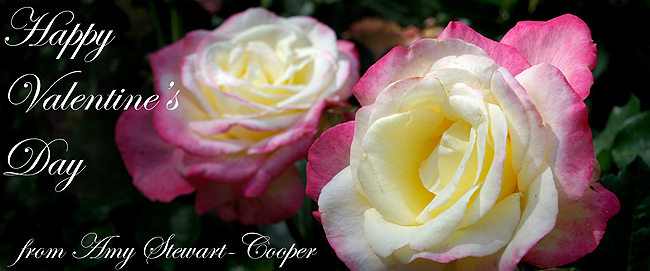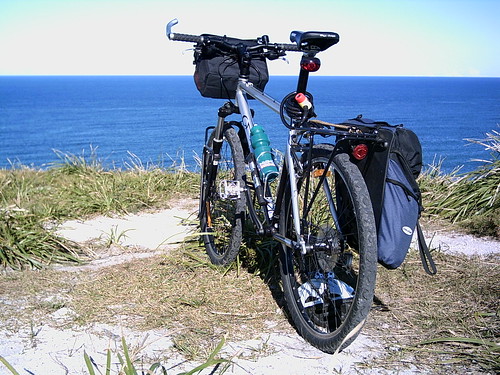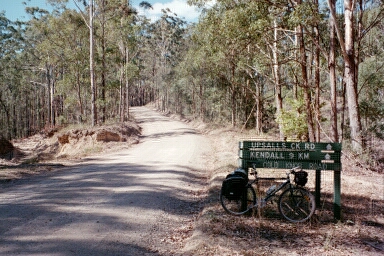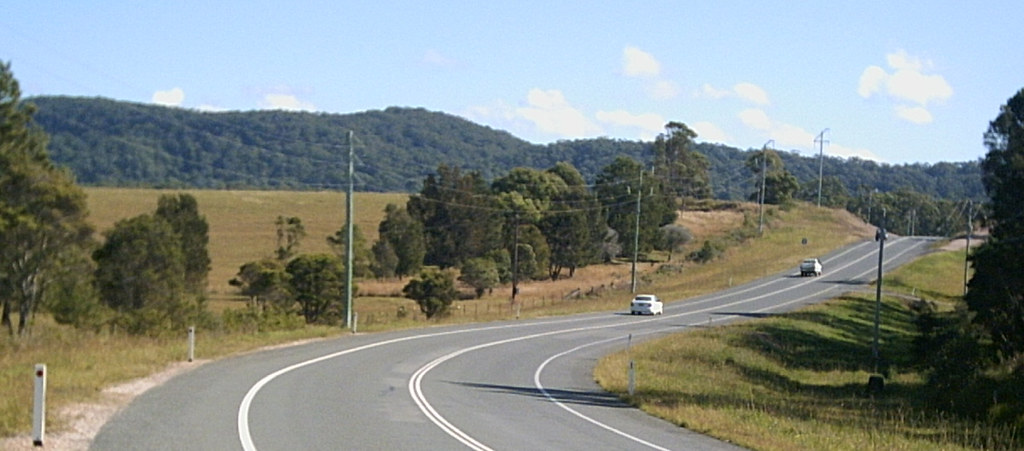
Yesterday evening I attended two lectures given back to back, one on xeriscaping and the other on nativescaping. Xeriscaping is landscaping in a manner that reduces water usage that may or may not include native plants, whereas nativescaping is designing a landscape using native plants.
The xeriscaping lecture was first and although I didn't learn much that I didn't already know it was nevertheless good to hear it again, plus it was good to know that my plans for my new home's landscape are on the right track. Here are seven principles that she discussed:
1) Start with a good plan/design. Make sure you understand your property's slope, exposure, microclimates, needs of existing plantings, as well as your own needs. And of course know any restrictions put on your by your home owners' association if you belong to one--and if you do then get on to the board so you can change the rules to allow for xeriscaping. Read the labels of plants before you buy a plant to be sure you can meet its needs and understand its mature size.
2) Prepare and improve your soil. ADD COMPOST! If your soil has too much clay then compost will help break it up, if your soil has too much sand then compost will act like a sponge to hold water. Do a soil test and add any other components your soil needs.
4) Use mulches to reduce evaporation and to discourage weeds. She doesn't recommend soil fabrics because they make it difficult to amend the soil, instead use finished compost and top it with bark. She recommends making sure the color of the bark will compliment the color of your house.
5) Limit your lawns to only where it's truly functional for you. C'mon, how much lawn do you really need? Wouldn't you rather increase your lush, colorful, and beautiful garden beds? I have two young boys so I need a lot of lawn, but even so I'm still planning on removing large sections of my lawn to increase my garden.
6) Plant in zones. She recommends having an "oasis" of water loving plants that you love near a high usage area close to your house, like outside the front door or off of your back deck. Then there should be a zone surrounding your house of medium water reliant plants, and then farthest from your house should be the driest plants. She recommends cutting out an irregular shaped edge around your lawn where it touches your driveway and sidewalk, and replacing the turf with heat loving plants because the paving materials reflect a lot of heat into these areas. If you use straight lines for your border, instead of irregular lines, then be sure that there's a focal point at the end of these lines like your front door or a sculpture. And of course you should read plant labels before selecting a plant to be sure you plant it in the correct zone and to be sure you plan for its mature size.
7) Regularly maintain your landscape. Xeriscaped landscapes need some tending to get established but then they should require less maintenance. Plants that are in the right site for the conditions they need (exposure, soil, drainage, water) are happy and won't be bothered by pests, all they'll need is a little bit of weeding and maybe some pruning--but mostly they'll just sit there and look pretty for you.
The next lecture was about nativescaping. Here we are in the desert and he planted his own lawn with native grasses that he waters and mows once every three weeks! Most of what he said applies specifically to our area but I'll share a couple of universal things with you.
1) Maintenance versus stewardship. Maintenance is keeping a landscape just the way it is and just the way you imagine it should be, stewardship is working with the landscape to make it the best it can be. For example, if you have a plant that's not doing well in its spot and requires a lot of maintenance then maybe you should replace it with something else. Or if you have a large meadow filled with wildflowers and some weeds move in, maybe it's better to let a few weeds go rather than to risk trampling down the flowers to go pull it out. If the weed is a native plant then it probably has some benefit in the landscape and you should recognize the benefit rather than curse it as a weed.
2. THIS IS PROBABLY THE MOST IMPORTANT THING I LEARNED ALL NIGHT! When you read about a plant's attributes don't confuse edible with tastes good. He said, "I said you could eat it, I didn't say it was yummy." LOL! Good advice.
I highly recommend that you learn about native plants in your area and try to plant them in your garden when possible. I was really surprised to find out how many garden worthy native plants we have here in the Idaho desert, and even more surprised that I've never seen these plants in nurseries! If you use native plants in your own garden you will not only decrease the amount of maintenance needed, but you'll also provide food for your native birds and insects! Don't we all want to see more birds and butterflies in our gardens? I do.
Happy gardening!





